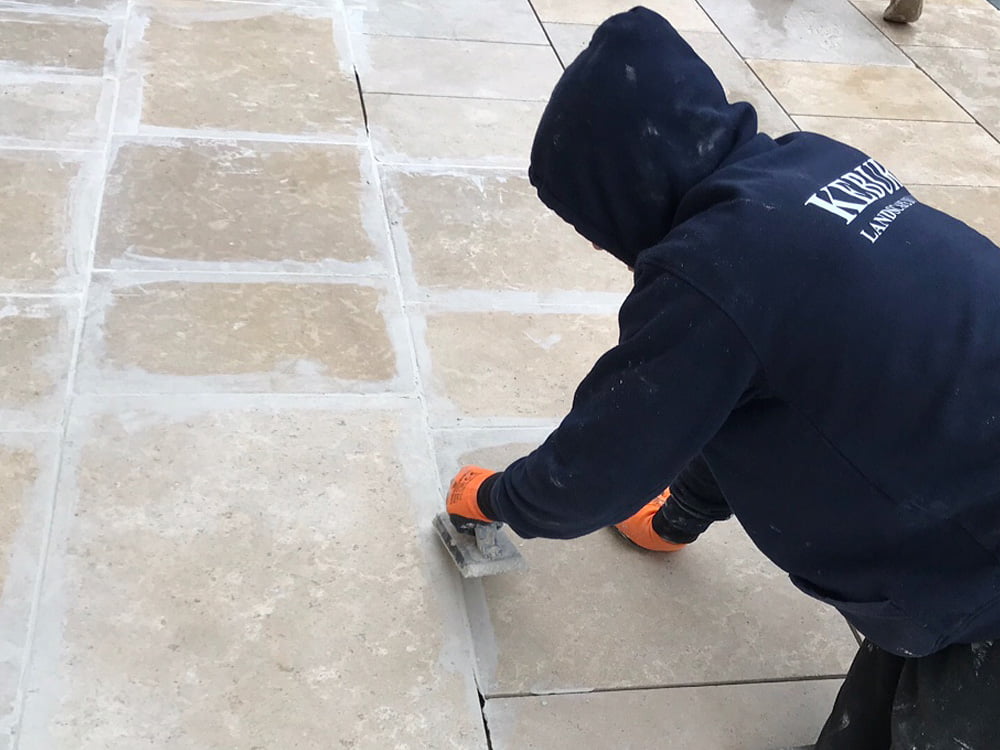You might have pondered, is white cement really essential before applying putty on your walls? Well, before you make a decision on this matter, consider the intricacies involved in achieving a flawless wall finish. Skipping the step of using white cement before putty might seem tempting for a quicker process, but have you thought about the long-term effects on the durability and aesthetics of your walls? Understanding the role of white cement in the putty application process could be the key to ensuring a lasting and visually appealing wall surface.
Importance of White Cement in Putty Application
- In the realm of putty application, the utilization of white cement is imperative due to its unique properties that enhance the overall quality and durability of the finish. When considering surface preparation, white cement plays a crucial role in ensuring a smooth and uniform base for the putty application. Its fine texture allows for better adhesion of the putty to the surface, reducing the chances of cracks or flaking over time.
- Moreover, white cement exhibits excellent material compatibility with various types of putties and paints, making it a preferred choice in the construction and renovation industry. This compatibility ensures a strong bond between the layers, resulting in a long-lasting and flawless finish. Additionally, white cement offers a relatively quick drying time compared to other alternatives, accelerating the overall paint application process.

Pros of Using White Cement First
- Using white cement as the initial layer in putty application offers numerous advantages in enhancing the overall quality and durability of the finish. When it comes to surface preparation, white cement provides a smooth and uniform base that helps in achieving a flawless final appearance. Its fine particles allow for better adhesion of the subsequent layers, ensuring a strong bond between the putty and the surface.
- During application, white cement acts as a primer, sealing the surface and preventing moisture penetration. This is crucial in maintaining the longevity of the putty by reducing the risk of water damage, cracks, or peeling over time. Additionally, white cement dries to a bright white finish, which enhances the color consistency and vibrancy of the final paint application.
- The bonding properties of white cement play a significant role in improving the overall adhesion of the putty to the substrate. This results in a more robust and cohesive surface that resists wear and tear, offering a durable and long-lasting finish for your walls or ceilings. By using white cement first, you ensure a high-quality foundation that enhances the performance and aesthetics of the putty application.
Cons of Skipping White Cement
- Neglecting to apply white cement before putty can compromise the structural integrity and longevity of the final finish. One of the potential drawbacks of skipping white cement is that it acts as a bonding agent, creating a strong adhesion between the surface and the putty layer. Without this bond, the putty may not adhere properly, leading to a higher risk of cracks, peeling, or detachment over time.
- White cement also helps to even out the surface by filling in imperfections, which is essential for achieving a smooth and flawless finish. By omitting white cement, you might encounter difficulties in achieving a uniform surface texture, which can affect the overall aesthetics of the paint or wallpaper applied later.
- While there are alternative methods to white cement, such as using primers or sealers, these may not provide the same level of adhesion and surface leveling properties. White cement remains a preferred choice in many construction and renovation projects due to its effectiveness in enhancing the durability and appearance of the final surface.
Impact on Wall Finish Quality
- Enhancing wall finish quality necessitates the proper application of white cement before putty to ensure optimal adhesion and surface smoothness. Surface preparation is critical for achieving a smooth finish on walls. White cement acts as a bonding agent that helps create a uniform base for the application of putty. This initial step is crucial as it ensures that the putty adheres well to the wall surface, preventing future cracks or peeling.
- Material compatibility is another key aspect that impacts wall finish quality. White cement provides a compatible surface for putty application, promoting a strong bond between the wall and the finishing material. Without white cement, the bond strength between the wall and the putty may be compromised, leading to a subpar finish that lacks durability.
Expert Recommendations on White Cement Usage
- For optimal wall finish quality, expert advice strongly recommends ensuring the correct application of white cement before proceeding with putty to enhance adhesion and surface smoothness. White cement serves as a crucial foundation for the subsequent layers of putty, ensuring a strong bond between the wall surface and the putty material. When it comes to color options, white cement provides a neutral base that allows for easy customization and ensures the true color of the putty shines through without interference.
- In terms of compatibility, white cement is designed to work seamlessly with putty formulations, creating a harmonious system that maximizes performance. Prior to applying white cement, thorough surface preparation is essential to promote adhesion. Surfaces should be clean, dry, and free from any contaminants that could hinder the bonding process. Proper surface preparation not only enhances adhesion but also contributes to a smoother and more uniform finish. By following these expert recommendations on white cement usage, you can achieve a flawless wall finish that’s both durable and visually appealing.
Conclusion
In conclusion, white cement plays a crucial role in the application of putty as it provides a smooth and durable base for the final wall finish. Skipping the use of white cement can lead to poor adhesion, cracking, and a subpar overall finish. It’s highly recommended by experts to always use white cement before applying putty to ensure a high-quality and long-lasting result for your walls.